Monuments, beaches and nature
The town of the Candelieri (Candlesticks) is a unique place where you can discover a cultural, historical and natural heritage. From museums to architectural treasures, from beaches to traditional celebrations, Sassari can offer countless opportunities for a holiday surrounded by beauty.
San Nicola Cathedral
Dating back to the 15th/16th century, San Nicola Cathedral suddenly appears hidden in the narrow streets of the historic center. The Baroque façade is noteworthy; a wooden candlestick and a 14th century panel depicting the Virgin Mary are housed inside the Cathedral. The Museo Diocesano is worth visiting as well.
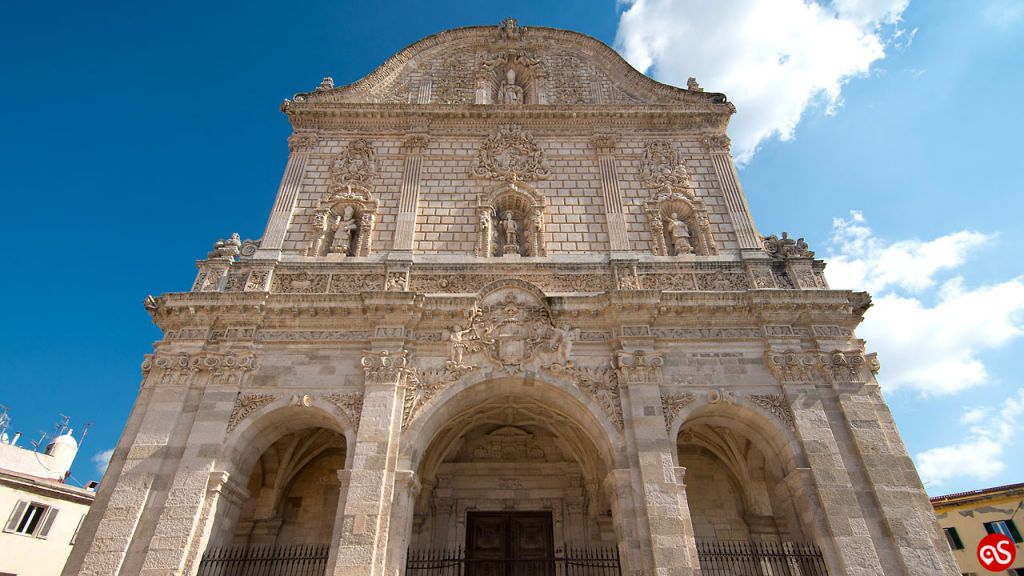
Palazzo Ducale
In the heart of Sassari’s historic center, the three-storey building was built between 1775 and 1804 by don Antonio Manca when he was invested with the title of Duke of the Asinara. During the guided tour of Palazzo Ducale, it is the ancient chapel and the council chamber that particularly stand out. Nowadays the building is the site of the Town Hall.
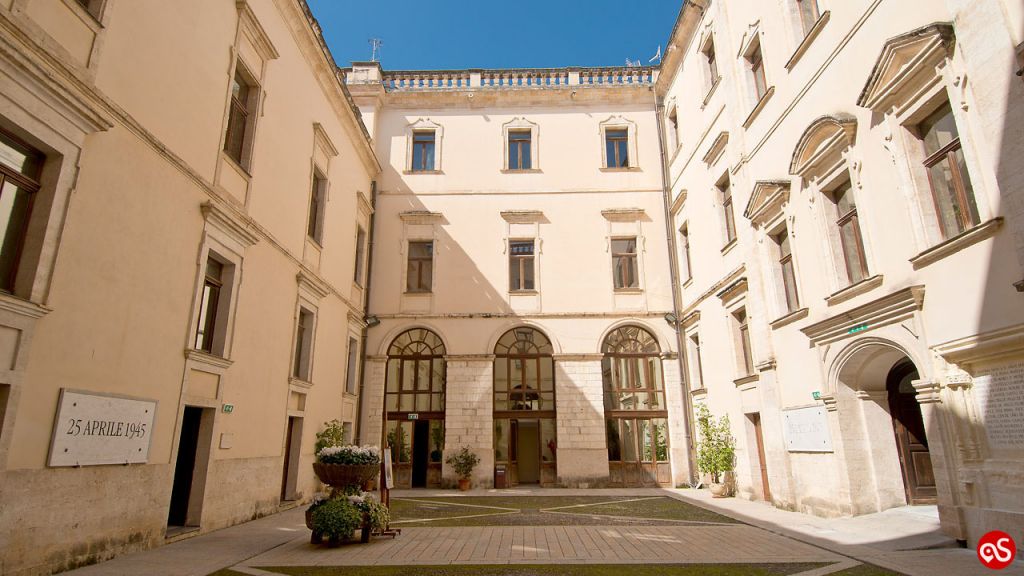
Santa Maria di Betlem Church
Of Romanesque origin, the Santa Maria di Betlem Church is the point where Sassari’s Candlestick Procession ends. The simplicity of its façade hides a luxuriously decorated interior where the Catalonian School wooden polychrome statue of the Madonna of Betlem or of the Rosa is kept. A must-visit: the 13th Century cloister.

Rosello Fountain
Recognized as the symbol of Sassari, it has been a reference point for travellers since its construction at the beginning of the 17th century. Its decorations represent the passing of time. In all of Sardinia, it’s a unique monument of its kind.
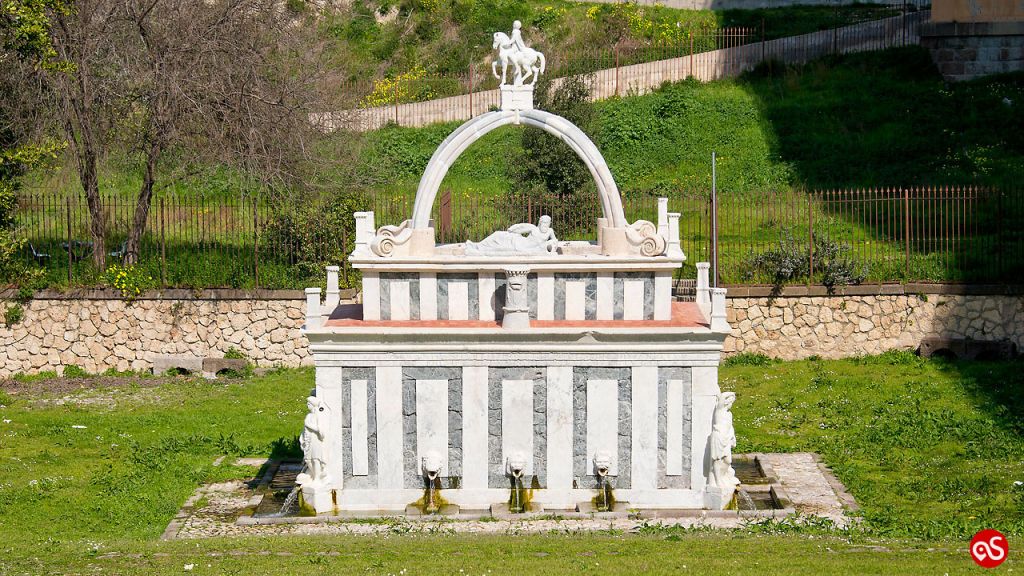
The town museum
You can travel back through the town’s history amidst relics and collections hosted in the most important buildings of Sassari: Palazzo di Città, Palazzo Ducale and Palazzo della Frumentaria (currently closed for restoration).
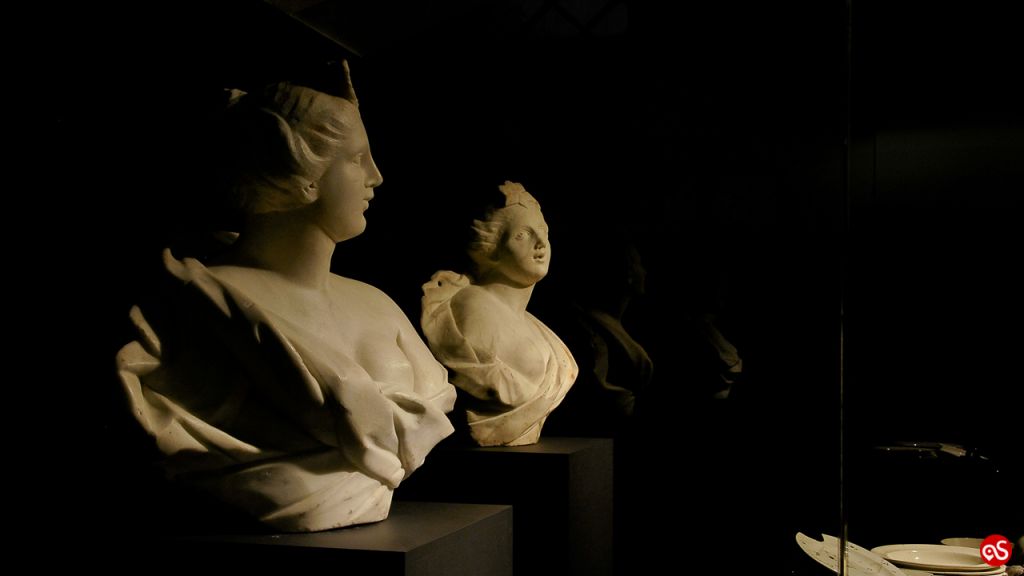
Sanna Archeological Museum
The museum is a 500,000-year-long journey through Sardinia’s history. Extraordinary relics are on display like fossil tree trunks from forests which have disappeared; bowls depicting dances, amulets and jewels from Phoenician times can also be admired. The ethnographical section tells the history of the Sardinian traditions (currently closed for restoration).

Find out more about Sassari’s cultural heritage on the tourism portal.
History
Inhabited since the Neolithic Age, the area where Sassari exists today became an actual residential settlement in the early Middle Ages. In 1294 it became a free municipality; in that same period the Sassari Statutes were established, a body of laws that constitutes one of the most important documents of historical identity in all of Sardinia. Sassari passed under Spanish control after being under the Crown of Aragon and, in 1617, became the site of a university. In the 18th century the town found itself under the Savoia Family and the vicissitudes of the Savoys. As a result of a significant industrial and urban development in the 19th and 20th centuries, Sassari became the destination of a migration from inland.
Art, culture
and traditions
Sassari lives its traditions throughout the year. In addition to the religious Festival of the Candlesticks, there’s a big secular celebration: the Sardinian Cavalcade. About 2700 extras and 270 horsemen in traditional dress parade through the streets on the second to last Sunday in May.
The rites of Holy Week are also strongly felt by the population: the processions of the confraternities pass through the center of the town to the rhythm of drums in the days before Easter.
Sounds and popular songs with Catalan origins are the backdrop for the Carnival of Sassari, an expression of spontaneity and freedom. The Carrasciari di li mazzidaggi (the Carnival of the Butchers) is another historical tradition full of numerous events.
Art, culture
and traditions
Sassari lives its traditions throughout the year. In addition to the religious Festival of the Candlesticks, there’s a big secular celebration: the Sardinian Cavalcade. About 2700 extras and 270 horsemen in traditional dress parade through the streets on the second to last Sunday in May.
The rites of Holy Week are also strongly felt by the population: the processions of the confraternities pass through the center of the town to the rhythm of drums in the days before Easter.
Sounds and popular songs with Catalan origins are the backdrop for the Carnival of Sassari, an expression of spontaneity and freedom. The Carrasciari di li mazzidaggi (the Carnival of the Butchers) is another historical tradition full of numerous events.
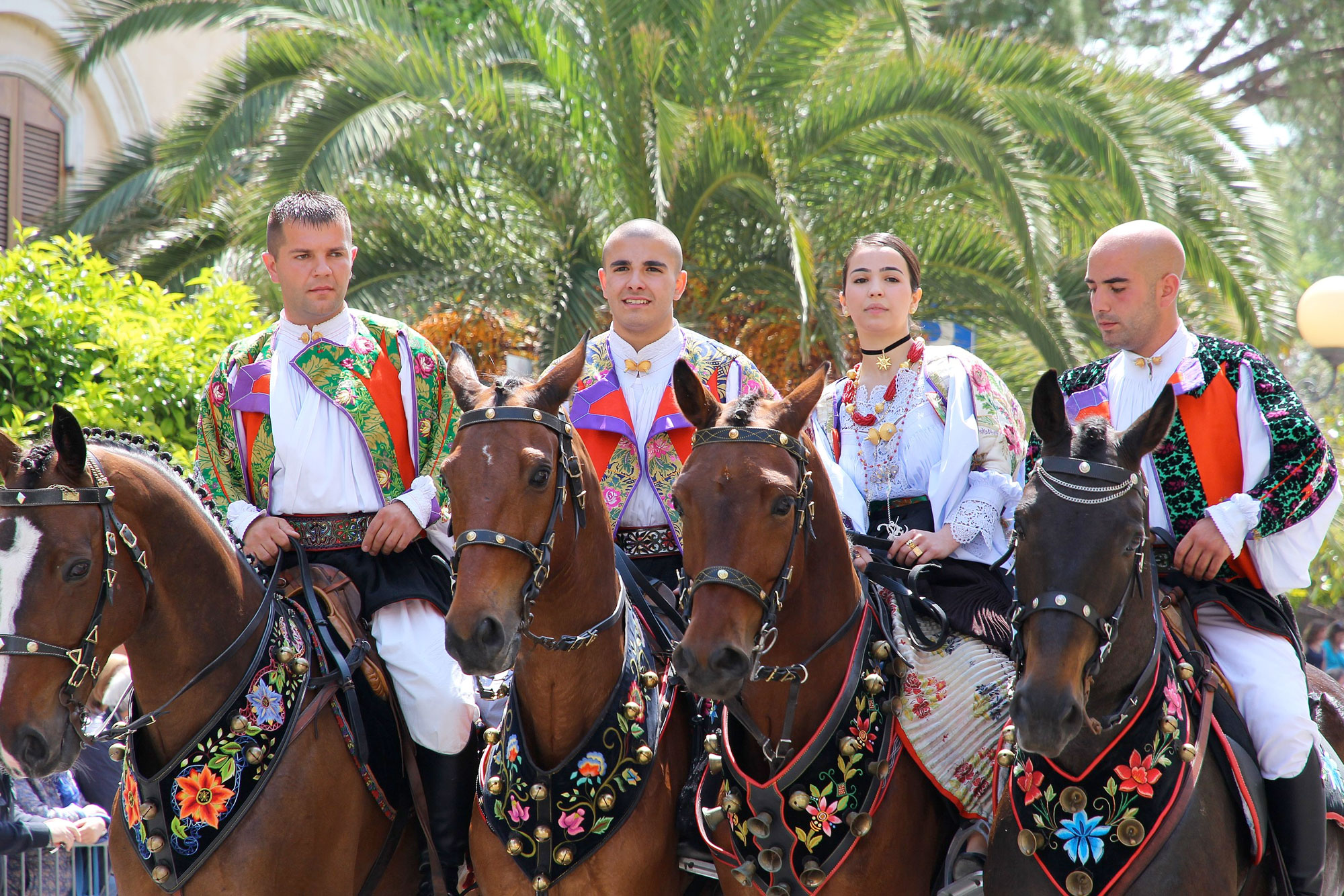
The territory:
sea and nature
Only 12 km from Sassari, the Sardinian blue sea offers enchantment and relaxation. Some of the more evocative beaches of the area are Fiume Santo, with its long sandy beach and the ponds where the migratory birds nest; Porto Ferro, the “Blue Flag” of Sassari, a surfing paradise surrounded by Saracen watchtowers; and Platamona with its thick pine forest.
For nature lovers the Rio Bunnari’s wide valley is an area full of flora and fauna, perfect for excursions, mountain biking and climbing, too.
Sassari is the ideal place from where you can start discovering the Nurra, the Sardinian northwestern area characterized by a wide variety of landscapes and nature. The main recurring feature is water: the sea, the rich-in-fauna lagoon, and the Baratz Lake, the only natural pond in the region.
The territory:
sea and nature
Only 12 km from Sassari, the Sardinian blue sea offers enchantment and relaxation. Some of the more evocative beaches of the area are Fiume Santo, with its long sandy beach and the ponds where the migratory birds nest; Porto Ferro, the “Blue Flag” of Sassari, a surfing paradise surrounded by Saracen watchtowers; and Platamona with its thick pine forest.
For nature lovers the Rio Bunnari’s wide valley is an area full of flora and fauna, perfect for excursions, mountain biking and climbing, too.
Sassari is the ideal place from where you can start discovering the Nurra, the Sardinian northwestern area characterized by a wide variety of landscapes and nature. The main recurring feature is water: the sea, the rich-in-fauna lagoon, and the Baratz Lake, the only natural pond in the region.






